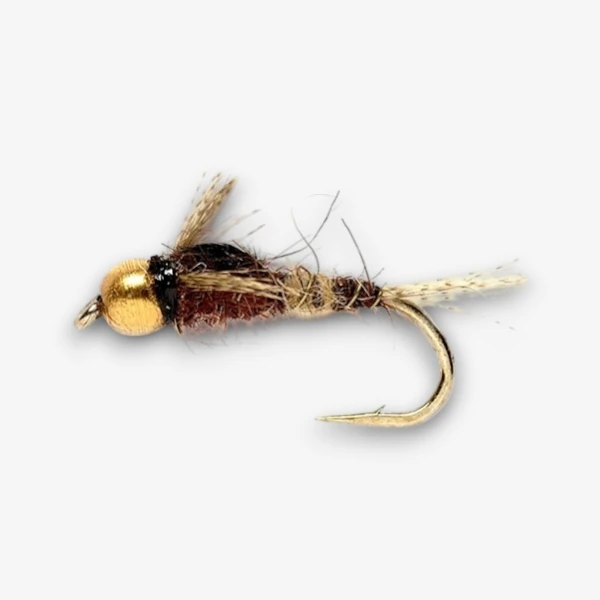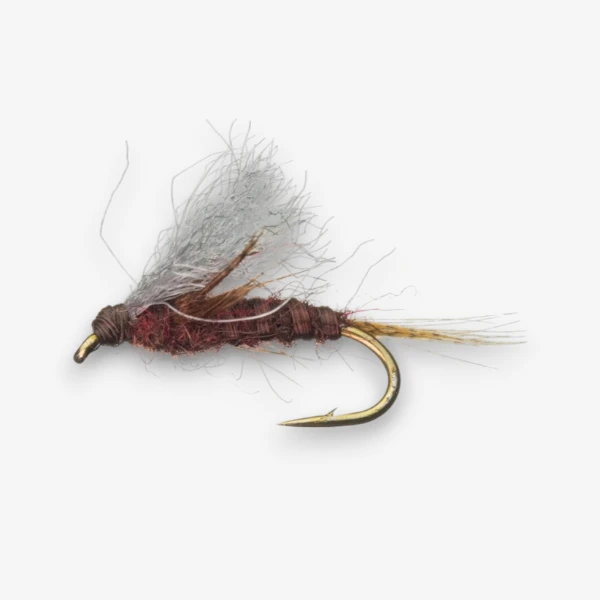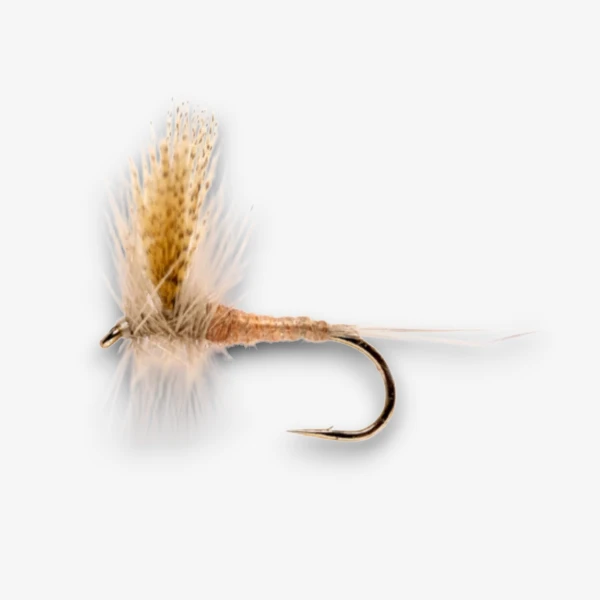Hendrickson Red Quill
Description
Overview: The Hendrickson or "Red Quill" Mayfly (Ephemerella subvaria) is one of the first significant hatches of the spring season, signaling the start of prime dry-fly fishing in many regions. Found in cool, fast-flowing rivers and streams, Hendricksons are most active from April to May, depending on water temperature and location. These elegant mayflies are celebrated for their synchronized hatches, often occurring during the afternoon and drawing trout to the surface in large numbers. Their pinkish-tan bodies and upright wings make them a favorite for anglers looking to match the hatch.
Nymph Stage: Hendrickson nymphs are clinger types, built for life in fast currents. They are 1/2 to 3/4 inch long, with dark brown to olive-brown bodies and three distinct tails. Imitations tied on hook sizes 12 to 14 are effective for pre-hatch fishing. Present nymphs near the bottom using a dead drift, focusing on riffles and runs where nymphs are most active before emerging. Adding weight or fishing them under an indicator ensures the pattern stays in the strike zone.
Emerger Stage (Subsurface): Emerging Hendricksons rise slowly to the surface, shedding their nymphal shucks in the film. This vulnerable stage makes them a prime target for feeding trout. Emergers are light tan to pinkish-brown with dark wing pads. Patterns tied on hook sizes 12 to 14, such as soft hackles or floating nymphs, are ideal. Fish these patterns just below the surface with a lift-and-swing presentation during the early stages of the hatch.
Adult Stage (Dry): Adult Hendricksons, or duns, are about 1/2 to 3/4 inch long, with pinkish-tan to light brown bodies and upright, light gray wings. Males are called Dark Hendrickson while females are called Red Quill's. Dry fly patterns tied on hook sizes 12 to 14 are perfect for matching the hatch. Fish these flies with a dead drift in slow to moderate currents, focusing on seams, eddies, and tail-outs where trout rise to intercept freshly emerged duns. Spinner patterns are also effective in the evening when adults return to lay eggs.
Hatch Chart
Subscribe to view hatch locations. Hatch data is available for all species.


